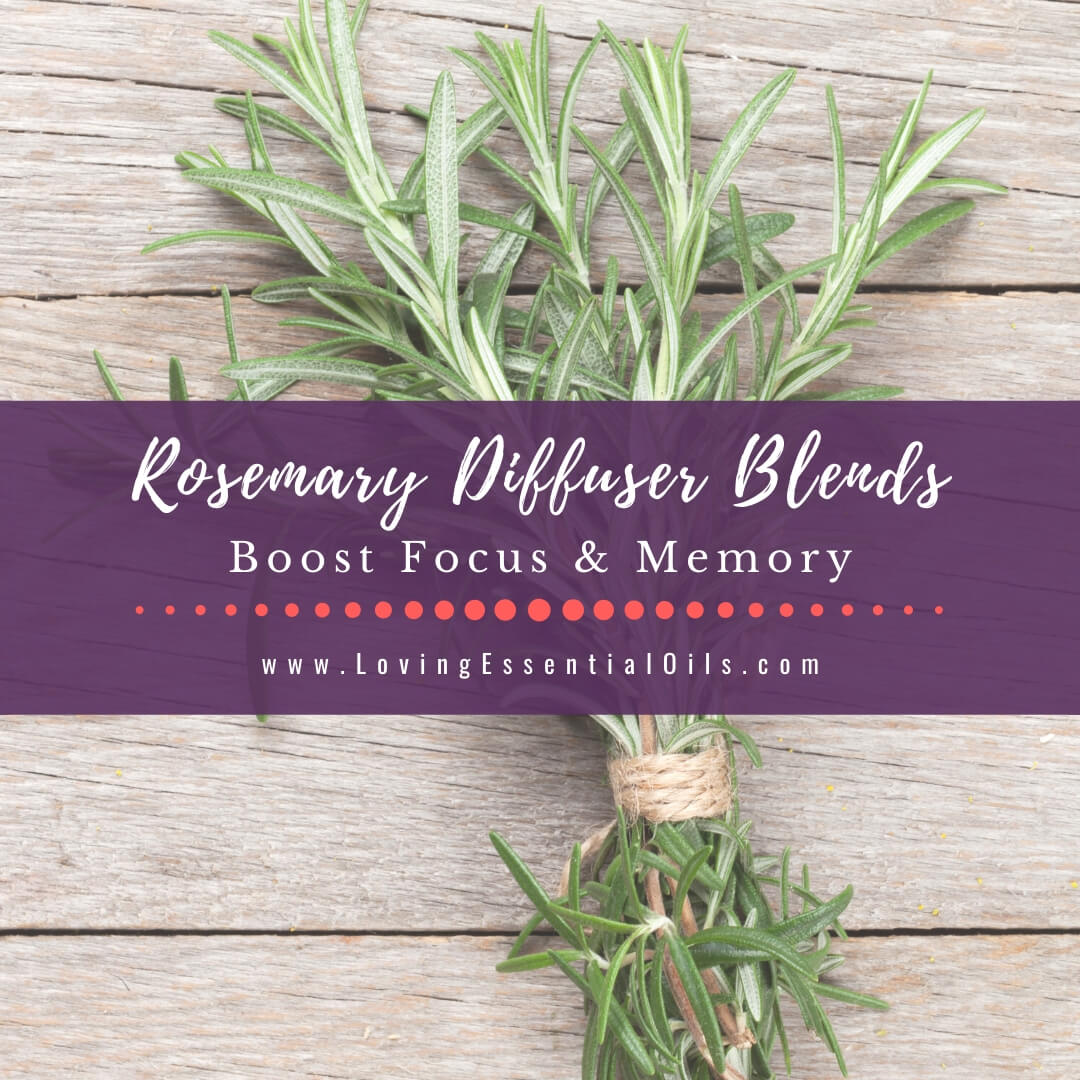
Rosemary in the Garden
Image Credit: Better Homes and Gardens Online
“Known for its scent and flavor, rosemary can be planted as an herb or a garden ornamental. This perennial evergreen shrub, hardy in Zones 8-10, can be grown as an annual in other climates. It grows quickly and can get very big.
“The best time to harvest your rosemary is in the morning, just after any dew has evaporated. You can snip stems throughout the growing season to use fresh, or cut a bunch to dry in the fall. To use rosemary, strip the needlelike leaves from the stems and chop before adding to dishes. Store fresh rosemary up to one week in the refrigerator by placing the stems in a plastic bag with a damp paper towel.
“Pulverize the dry leaves before adding them to dishes, herb blends, or sauces so the aromatic oils are released, and they’re easier to chew. Rosemary’s texture and flavor vary throughout the season—leaves are tender in the spring, with fewer aromatic oils. By late summer, the foliage packs a more potent flavor.
Rosemary Overview
| Genus Name | Rosmarinus officinalis |
| Common Name | Rosemary |
| Plant Type | Herb, Perennial, Shrub |
| Light | Sun |
| Height | 1 to 3 feet |
| Width | 2 to 4 feet |
| Flower Color | Blue, Pink, Purple, White |
| Foliage Color | Blue/Green |
| Season Features | Spring Bloom, Summer Bloom, Winter Interest |
| Zones | 10, 8, 9 |
| Propagation | Seed, Stem Cuttings |
| Problem Solvers | Deer Resistant, Drought Tolerant, Groundcover, Slope/Erosion Control |
Where to Plant Rosemary
“Because of their Mediterranean heritage, these plants thrive in hot and dry weather. Grow rosemary near paths and walkways to release its fragrance as you brush past it. Plant it where there’s lots of sunshine, away from any taller plants that could block the light.
“The needle-like texture of its leaves makes rosemary an interesting addition to mixed borders among plants with broad or strappy leaves.
How and When to Plant Rosemary
“Plant rosemary in the spring, once the weather has warmed up after the final frost. Plants should be 2 to 3 feet apart, and seeds planted with just a dusting of soil on them. To plant a potted rosemary, dig a hole about the same width and depth as the planting container. Remove the plant and loosen the roots a bit from the root ball before placing in the hole. Backfill with soil, tamp lightly, and water well.
“If you plan to grow it indoors, rosemary can be planted anytime. It may need supplemental light if there’s not enough bright light coming through windows. You’ll know rosemary needs light when it gets leggy.
Rosemary Care Tips
“Rosemary is an easy herb to care for and fungus-resistant in the right environment.
Light
“Rosemary thrives in full sun. Part sun drastically increases the likelihood of problems with fungi.
Soil and Water
“Rosemary needs well-drained, slightly acidic-to-neutral soil to survive. It will slowly suffer in heavy and moist clays, especially during winter. Water regularly, but don’t overwater since rosemary doesn’t thrive in soggy soil. When topsoil is dry, it’s time for watering. Once plants are established, they’re drought-tolerant.
“When growing potted rosemary indoors, it’s important to get the watering cadence just right. The soil should be moist but not water-logged.
Temperature and Humidity
“Dry, hot air is best for rosemary. Humidity can create problems with fungi, especially if plants are too close together. They won’t survive cold weather (under 30ºF) but can take the heat. The best temperatures for rosemary are between 55ºF and 85ºF.
Fertilizer
“Before planting, add a few inches of aged compost or other rich organic matter into the soil. Fertilize rosemary in spring and summer with an organic, high-nitrogen fertilizer. For the amount to use, follow product label directions. Avoid chemical fertilizers, especially if you plan to cook with cuttings from your rosemary plant.
Pruning
“Prune rosemary to your preferred size and style, including topiary designs. Pruning will make the plant bushier. However, don’t prune more than a third of the plant at a time because it can cause stress.” Better Homes and Gardens Online
Image Credit: Loving Essential Oils

Image Credit: Loving Essential Oils
“Rosemary essential oil with mint is a powerful combo for an immune boost. Mint helps to ward off bacteria and viruses, while rosemary boosts the immune system. You could use rosemary and peppermint oil if you prefer.” Loving Essential Oils
- 4 drops Rosemary (Rosmarinus officinalis)
- 2 drops Spearmint (Mentha spicata)

2. Awakening |
“Aromatherapy is a great way to combat stress and anxiety in our busy lives. Here is a fabulous diffuser blend to use during yoga or meditation. This diffuser blend promotes healthy breathing as well.” Loving Essential Oils
|

Fully Focused
“Lemon and rosemary essential oil benefits are numerous. This oil blend has the ability to improve concentration and reduce mental fatigue. It’s perfect for those that find themselves easily distracted or daydreaming at work. The scent of rosemary also stimulates the mind, making it a great choice before a big meeting or project deadline.” Loving Essential Oils
- 5 drops Lemon (Citrus limon)
- 2 drops Cinnamon Bark (Cinnamomum zeylanicum)
- 2 drops Rosemary (Rosmarinus officinalis)

4. Goodbye Grief |
“For those of us who have experienced a loss, we know that grief can be difficult to process. Grief is the natural feeling of sadness and sorrow following any type of death or other life-changing event. However, sometimes the feelings seem too intense and it feels like you just can’t get back on your feet again. If this sounds familiar, then you might want to try using rosemary essential oil for grief! Rosemary has been known for its calming effects during times of trouble and stress. Here is a lovely blend of supportive oils for grief.” Loving Essential Oils
|
Discover more from Jacki Kellum
Subscribe to get the latest posts sent to your email.